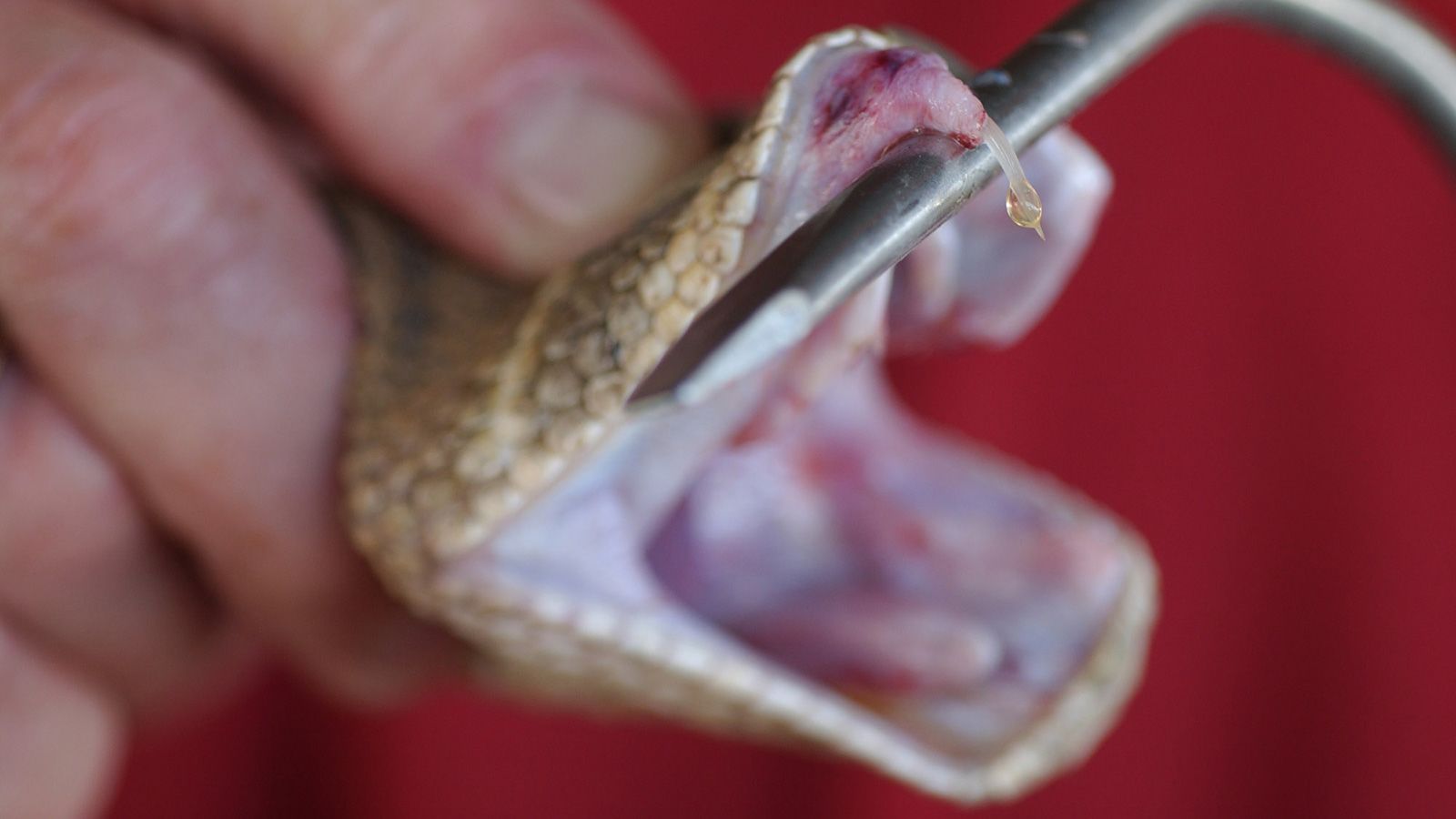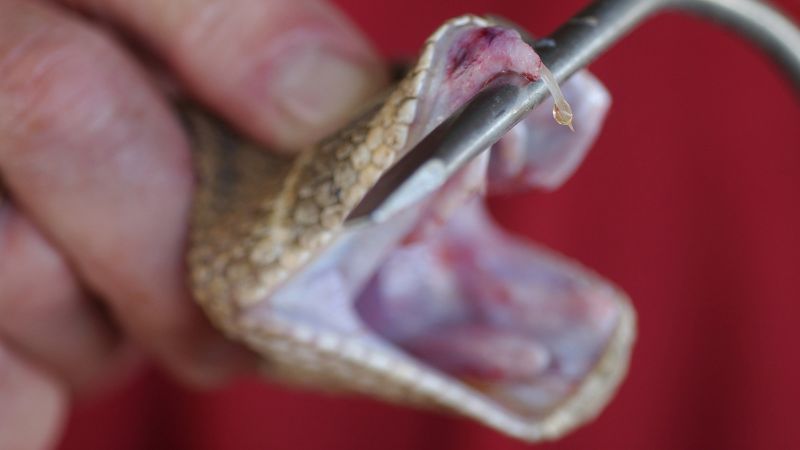Rattlesnake bites can be a scary and dangerous experience. Whether you encounter one on a hike or in your backyard, it’s important to know what to do in case of a bite. In this article, we will explore the steps you should take after a rattlesnake bite and provide tips on how to prevent future encounters.
If you are bitten by a rattlesnake, seek medical attention immediately. Keep the affected area still and below heart level to slow down the venom’s spread. Do not attempt to suck out the venom or use a tourniquet. Take note of the snake’s appearance for identification purposes. Antivenom treatment is highly effective but should only be administered by a medical professional.

What to Do After Rattlesnake Bite?
Being bitten by a rattlesnake can be a terrifying experience. It can cause pain, swelling, and even death if not treated immediately. If you or someone you know has been bitten by a rattlesnake, it’s important to know what to do next. Here are the steps you need to take to ensure the best possible outcome.
Step 1: Call for Help
The first thing you need to do after being bitten by a rattlesnake is to call for help. This is especially important if the bite is on your head, neck, or chest. Call 911 or your local emergency services immediately. While waiting for help to arrive, try to keep calm and still. Moving around can cause the venom to spread more quickly through your body.
If you’re in a remote area without access to emergency services, try to get to a hospital or medical facility as quickly as possible. If you have a means of transportation, drive yourself or have someone else drive you. If not, try to find someone who can help you get to safety.
Step 2: Remove Any Tight Clothing or Jewelry
Once you’ve called for help, the next step is to remove any tight clothing or jewelry from the affected area. This will help to reduce swelling and prevent the venom from spreading further. If the bite is on your arm or leg, remove any tight clothing or jewelry from that limb. If the bite is on your torso, remove any tight clothing or jewelry from your chest or waist.
Step 3: Keep the Affected Limb or Area Immobilized
After removing any tight clothing or jewelry, it’s important to keep the affected limb or area immobilized. This will help to prevent the venom from spreading further through your body. Use a splint or other immobilization device to keep the limb still. If the bite is on your torso, try to lie down and keep still.
Step 4: Clean the Wound
Once you’ve immobilized the affected area, the next step is to clean the wound. Use soap and water to clean the bite site thoroughly. This will help to remove any dirt or bacteria that could cause an infection. Don’t use alcohol or other harsh chemicals, as these can damage the tissue around the bite site.
Step 5: Apply a Cold Compress
After cleaning the wound, apply a cold compress to the affected area. This will help to reduce swelling and ease pain. Use a clean cloth or towel and apply it to the bite site. Keep the compress on for 10 to 15 minutes at a time, and repeat as necessary.
Step 6: Monitor Your Symptoms
After following the above steps, it’s important to monitor your symptoms closely. Watch for signs of an allergic reaction, such as difficulty breathing or swelling of the face or throat. If you experience any of these symptoms, seek medical attention immediately.
Step 7: Seek Medical Attention
Even if you don’t experience any immediate symptoms, it’s still important to seek medical attention after being bitten by a rattlesnake. Your doctor can perform tests to determine the extent of the damage and prescribe appropriate treatment. Depending on the severity of the bite, you may require antivenom or other medications.
Step 8: Rest and Recover
After seeking medical attention, it’s important to get plenty of rest and allow your body to recover. Follow your doctor’s instructions closely and take any prescribed medications as directed. Avoid strenuous activity or exercise until you’re fully healed.
Step 9: Prevent Future Bites
To prevent future bites, it’s important to take precautions when spending time in rattlesnake habitats. Wear long pants and boots, and stay on designated trails. Avoid handling snakes, and never approach a snake that you suspect to be venomous.
Step 10: Know When to Get Help
Finally, it’s important to know when to get help. If you experience any of the following symptoms after being bitten by a rattlesnake, seek medical attention immediately:
– Severe pain at the bite site
– Difficulty breathing
– Swelling of the face or throat
– Loss of consciousness
Remember, rattlesnake bites can be serious, but with prompt treatment, most people make a full recovery. By following the above steps and taking precautions to avoid future bites, you can stay safe and healthy in rattlesnake habitats.
Frequently Asked Questions
Here are some common questions people have after being bitten by a rattlesnake.
What are the symptoms of a rattlesnake bite?
After being bitten by a rattlesnake, individuals may experience symptoms such as pain, swelling, and discoloration around the bite area. They may also experience nausea, vomiting, and difficulty breathing. It is important to seek medical attention immediately after being bitten.
Other symptoms may include dizziness, weakness, and blurred vision. In severe cases, individuals may experience seizures or even loss of consciousness. It is crucial to remain calm and seek help as soon as possible.
What should I do if I am bitten by a rattlesnake?
If you are bitten by a rattlesnake, the first thing you should do is call 911 or seek medical attention immediately. Try to stay calm and still to prevent the venom from spreading throughout your body.
Remove any tight clothing or jewelry around the bite area, and keep the affected limb immobilized. Do not attempt to suck out the venom or cut the wound. These actions can actually make the situation worse.
How is a rattlesnake bite treated?
The treatment for a rattlesnake bite will depend on the severity of the bite and the amount of venom injected. Antivenom is the most effective treatment for severe rattlesnake bites.
Other treatments may include pain medication, antibiotics to prevent infection, and wound care to prevent further damage to the affected area. It is important to follow the advice and treatment plan provided by your healthcare provider.
How can I prevent getting bitten by a rattlesnake?
To prevent getting bitten by a rattlesnake, it is important to be aware of your surroundings and avoid areas where rattlesnakes are known to live. Wear protective clothing such as long pants and boots when hiking or working outdoors in areas where rattlesnakes may be present.
Also, be sure to watch your step and avoid stepping on or near rocks, logs, or other areas where rattlesnakes may be hiding. If you encounter a rattlesnake, give it plenty of space and do not attempt to handle or capture it.
Are rattlesnake bites fatal?
Rattlesnake bites can be fatal if left untreated or if the victim has an allergic reaction to the venom. However, with proper medical treatment, most individuals who are bitten by a rattlesnake make a full recovery.
It is important to seek medical attention immediately after being bitten and follow the advice and treatment plan provided by your healthcare provider.
When Snakes Bite: Pre-Hospital Care
In conclusion, a rattlesnake bite can be a terrifying experience, but it’s essential to remain calm and act quickly. The first step is to call for emergency medical assistance immediately. While waiting for help to arrive, keep the affected limb immobilized and at the same level as your heart to slow the spread of venom.
It’s also crucial not to attempt to suck out the venom or cut the area around the bite, as these actions can worsen the situation. Instead, drink plenty of water and avoid any strenuous activity that could increase your heart rate and spread the venom.
Remember that prevention is always better than cure, so take steps to avoid encounters with rattlesnakes by staying on designated trails, wearing protective clothing and footwear, and using a flashlight when hiking at night. By following these tips and seeking prompt medical attention, you can increase your chances of a full recovery and stay safe while enjoying the great outdoors.


